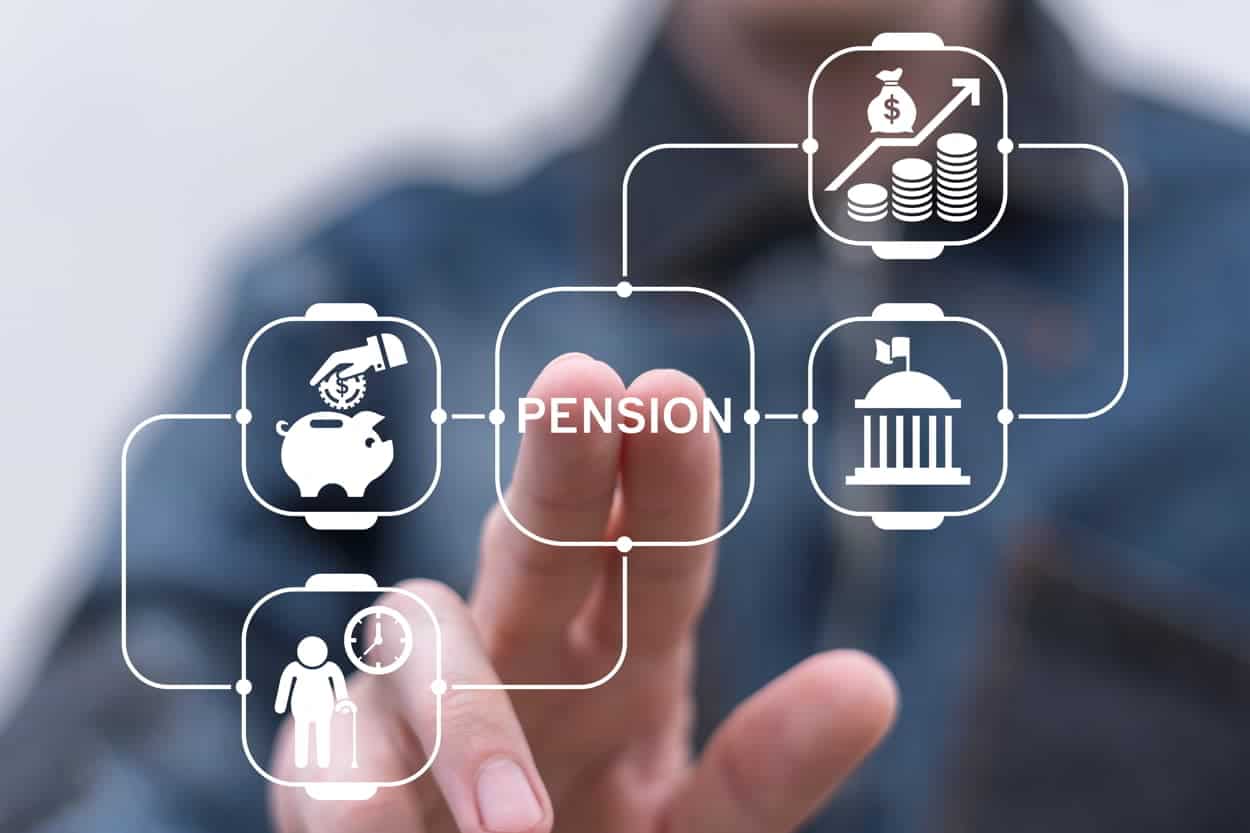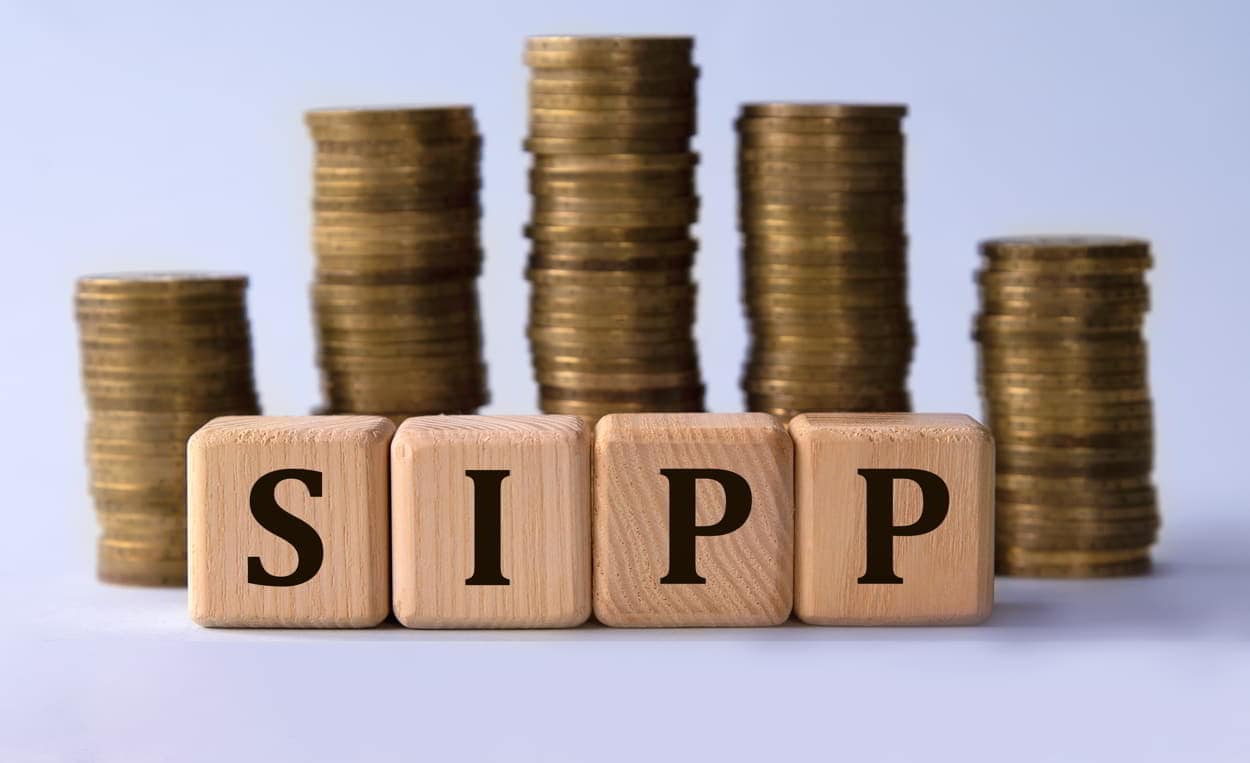Your Essential Guide: Understanding Tax on SIPP Withdrawals (Updated 2025)
Do you pay tax on SIPP withdrawals? This question matters more as you approach retirement age. The answer depends on how and when you access your pension funds.
SIPP tax rules require careful consideration for retirement planning.
We will explain how the tax-free allowance works. You will understand what tax rates apply to the taxable portion. This guide provides practical strategies to reduce your tax liability when accessing your pension.
Planning for retirement or already drawing from your SIPP? This information helps you make tax-efficient decisions.
What part of your SIPP is tax-free?
SIPP withdrawals offer one major advantage. You can take part of your pension completely free of tax. Understanding exactly what portion is tax-free affects your retirement income significantly.
How the 25% tax-free cash works
There is an overall limit to consider.
You have flexibility in accessing this tax-free portion.
Taking your tax-free cash involves setting up a drawdown arrangement.
Can you take 25% every year?
The 25% tax-free allowance does not refresh annually. This is a common misconception.
You do not have to use your entire tax-free allowance at once.
Using tax-free cash wisely
Before accessing your tax-free cash, consider how much you genuinely need. What do you plan to do with the remaining pension funds?
If you do not need the money immediately, you can leave it invested in your SIPP.
Consider combining your SIPP withdrawals with other tax-efficient investments such as ISAs.
What tax do you pay on the rest?

You need to understand how the remaining 75% will be taxed. After taking your tax-free cash, the rest of your pension becomes subject to income tax when you withdraw it.
SIPP tax rules for 2025
The rules for the 2025/26 tax year are straightforward.
The key tax bands currently in effect are:
- Personal allowance: £12,570 – 0% tax
- Basic rate: £12,571 to £50,270 – 20% tax
- Higher rate: £50,271 to £125,140 – 40% tax
Additional rate: Over £125,140 – 45% tax
There is a limit on tax-free benefits paid from pensions during your lifetime and on death.
How marginal tax rates apply
SIPP withdrawals are added to your other income sources for that tax year.
State Pension or rental income already use part of your personal allowance.
Tax is collected through PAYE.
Examples of taxable withdrawals
Consider Ann, who retired at 60 with a £450,000 SIPP and no other income.
Someone taking their entire £110,000 pension at once would receive £27,500 tax-free (25%). The remaining £82,500 would be taxable. A large portion would fall into the higher rate band.
Do you pay tax on dividends or interest inside a SIPP?
Growth within your SIPP is completely tax-free.
This differs from investments held outside tax wrappers.
This tax-efficient growth is one reason to keep your pension invested if you do not immediately need the income.
Reducing tax on SIPP withdrawals
Careful planning helps reduce the tax burden on your SIPP withdrawals. You can retain more of your pension savings throughout retirement. Understanding the tax implications of your withdrawals is crucial to maximizing your retirement funds. Many individuals make common mistakes in pension planning, such as failing to consider the timing of their withdrawals or not taking full advantage of tax allowances. By avoiding these pitfalls, you can enhance your financial security during retirement and ensure your savings last longer.
Timing withdrawals to stay in lower tax bands
Spreading withdrawals across multiple tax years often works better than taking large sums at once.
Withdrawals might push you into higher tax brackets.
Using drawdown to control income
Withdraw just what you need rather than large lump sums. You can reduce your exposure to higher rates of tax.
Taking only tax-free portions first might seem appealing.
Emergency tax and reclaiming overpayments
If overpaid, complete one of these forms for refunds within 30 days:
P55: For partial withdrawals without regular payments planned P53Z: For full pension withdrawals with other taxable income P50Z: For full pension withdrawals with no other income
SIPP withdrawals with other income sources
Your State Pension, rental income or part-time work all affect how much tax you pay on SIPP withdrawals.
From 2025, drawing taxable income from your pension triggers the Money Purchase Annual Allowance.
Coordinate your SIPP withdrawals with other income sources. This helps you maintain control of your overall tax position throughout retirement.
Special cases and future considerations
Certain special circumstances and future regulatory changes affect SIPP withdrawals beyond standard rules.
Early access due to illness or protected age
Penalties for unauthorised withdrawals
Taking money from your SIPP outside permitted circumstances is costly.
Withdrawing £20,000 early could result in an £11,000 penalty.
Inheritance tax changes from 2027
April 2027 brings significant changes.
What happens if you die before or after age 75?
Death before 75 means beneficiaries receive your SIPP tax-free.
Conclusion
SIPP withdrawal tax rules are essential knowledge for retirement income planning. The fundamental principles are straightforward. Your first 25% can be taken completely tax-free. The remaining 75% faces taxation at your marginal rate.
Strategic withdrawal planning makes a significant difference to your after-tax income. Spreading withdrawals across multiple tax years reduces your overall tax burden. Keep funds invested within your SIPP as long as possible. This takes advantage of the tax-free growth environment.
The inheritance tax changes from April 2027 require attention. Most unused pension funds will become subject to inheritance tax. This change affects thousands of estates. It emphasises the importance of estate planning alongside withdrawal strategies.
SIPP taxation offers flexibility with complexity. Understanding the rules helps you make better decisions about when and how much to withdraw. Tax rules become frameworks that help stretch your pension further throughout retirement.
Professional financial advice can help when planning SIPP withdrawals. Financial advisers can help you decide on the best withdrawal strategy. We will consider tax implications, timing, and your personal circumstances. This will help you make the right decisions about your retirement income.
Whether retirement lies years ahead or you have already begun withdrawals, regular reviews ensure you adapt to changing circumstances. We can help you build a withdrawal plan tailored to your needs. This gives you confidence about your financial future.
With our support, optimising your SIPP withdrawals is straightforward.
FAQs
How is tax calculated on SIPP withdrawals?
The first 25% of your SIPP can be withdrawn tax-free. The remaining 75% is taxed as income at your marginal rate, which depends on your total income for the tax year.
Can I avoid paying tax on my SIPP withdrawals?
While you can’t completely avoid tax on withdrawals beyond the 25% tax-free portion, you can minimise it by carefully planning your withdrawals to stay within lower tax brackets and by using your annual personal allowance effectively.
Will the tax rules for SIPPs change in the future?
Yes, from April 2027, most unused pension funds will be included in your estate for inheritance tax purposes. This is a significant change from the current rules where SIPPs typically remain outside your estate for IHT calculations.
What happens to my SIPP if I die before or after age 75?
If you die before 75, beneficiaries can receive your SIPP tax-free if funds are designated within two years. If you die after 75, beneficiaries will pay tax at their marginal rate on withdrawals.
How can I reduce the tax I pay on SIPP withdrawals?
You can reduce tax by spreading withdrawals across multiple tax years, utilising your personal allowance, combining SIPP income with other sources, and using flexible drawdown to control your income levels. It’s also wise to avoid large lump sum withdrawals that could push you into higher tax brackets.


